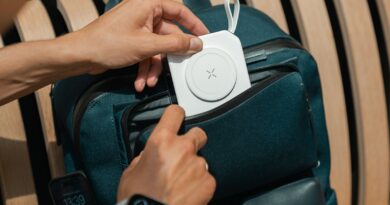Your devices might actually be listening: Ad company claims to use ‘active listening’ tool

With Instagram shop tabs, X ad spots, and TikTok shop videos getting even more prescient than usual, consumers are still throwing up warning signals that our devices are selling our data to the world’s big advertisers. They may (or may not) be right.
According to an investigation by 404 Media, a marketing team housed under media giant Cox Media Group (CMG) has begun pitching a new ad strategy based on an AI-empowered tool called “Active Listening,” which reportedly has the capability to listen to ambient conversations through smartphones, smart TVs, and other microphone-enabled devices.
“What would it mean for your business if you could target potential clients who are actively discussing their need for your services in their day-to-day conversations? No, it’s not a Black Mirror episode—it’s Voice Data, and CMG has the capabilities to use it to your business advantage,” CMG’s website says. CMG has preivously worked with big tech and retail names, like Amazon, Microsoft, and Google.
In an archived blog from November, the agency says the tool signals how machine learning algorithms are ushering in a new era of marketing, and notes that Active Listening, while “fit for the future,” is “available today.” Before removing the page, representatives of the company had also posted about the Active Listening tool on social media platforms, including LinkedIn, 404 Media reports.
CMG claims that its clients can use this listening data to target very specific demographics of consumers and even set up geographic areas to target specific regions of consumers.
However, the technology behind CMG’s claim that it can listen and tailor its ads to consumer conversations hasn’t yet been verified — perhaps signaling that the buzz around potential device listening is a gimmick in itself.
Consumers have long worried about their devices being able to listen in on and record their conversations, most notably arising with the burst of at-home smart devices like Amazon’s Alexa and Google Home. And while there have been cases of archived conversations caught by smart device microphones, there’s never been confirmation that device audio is being sent to advertisers and retail companies. For now, consumers have to take privacy into their own hands, managing listening and data collection settings at their own discretion.
The FCC has yet to comment on such claims, which could have wide-reaching legal and privacy ramifications.


